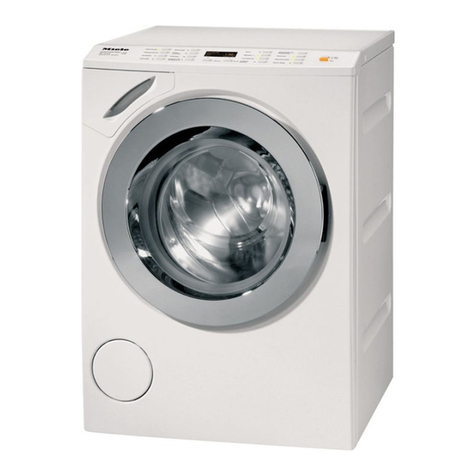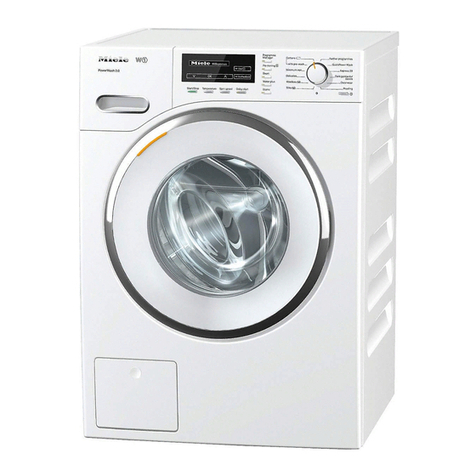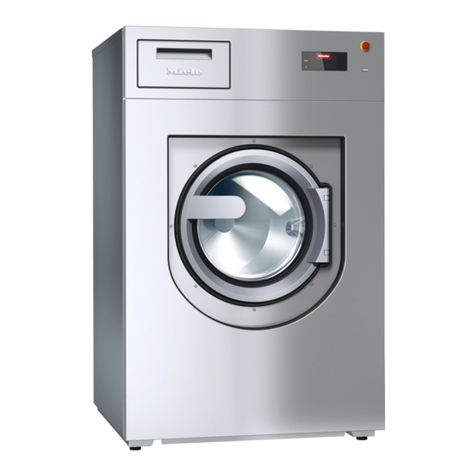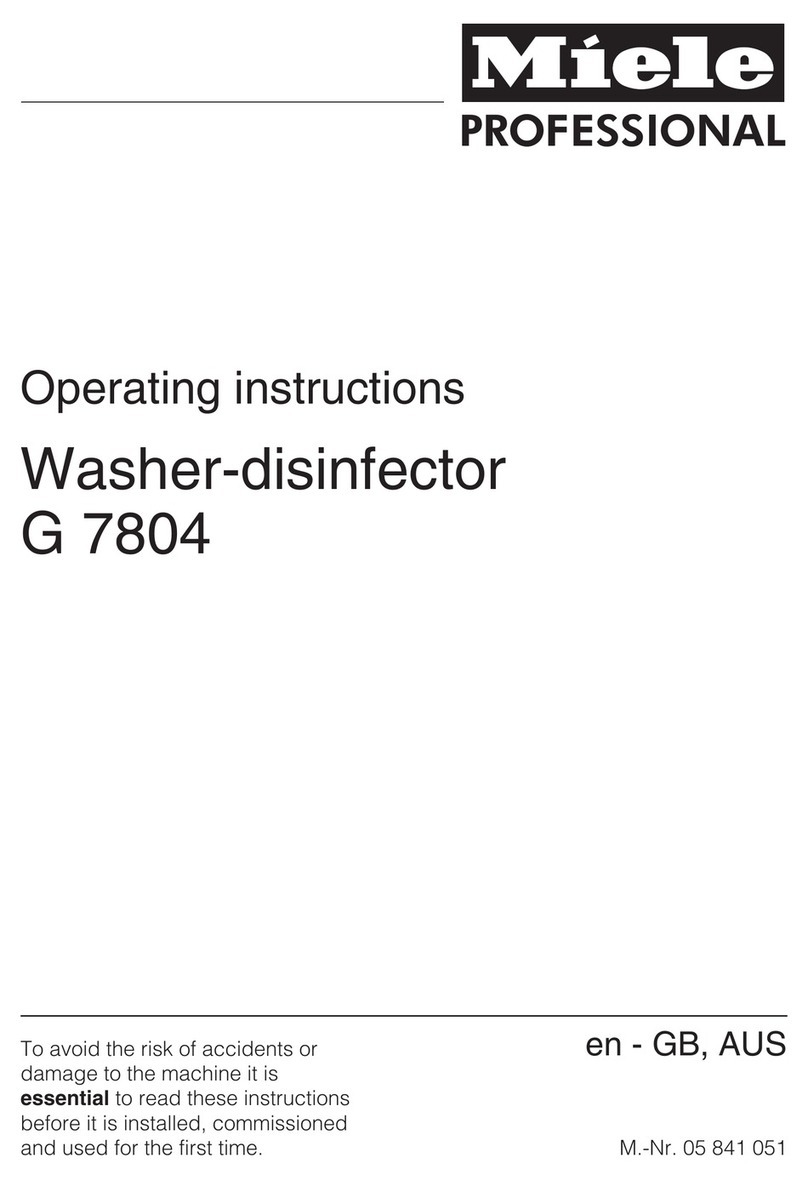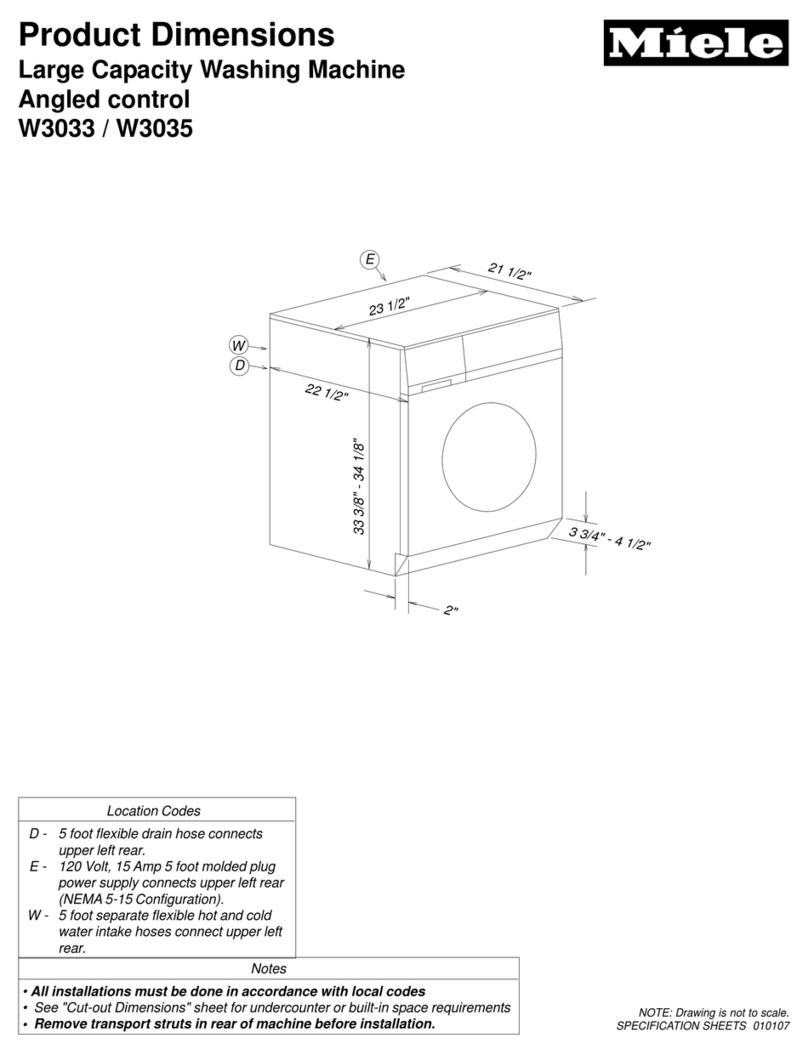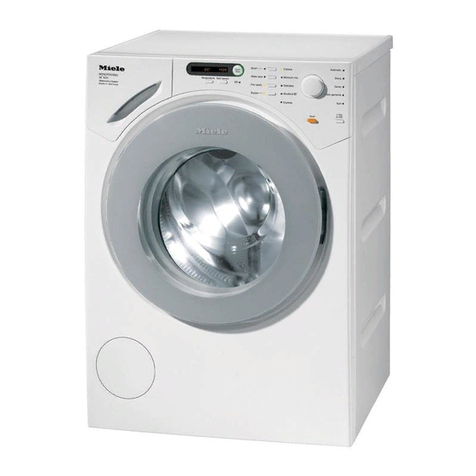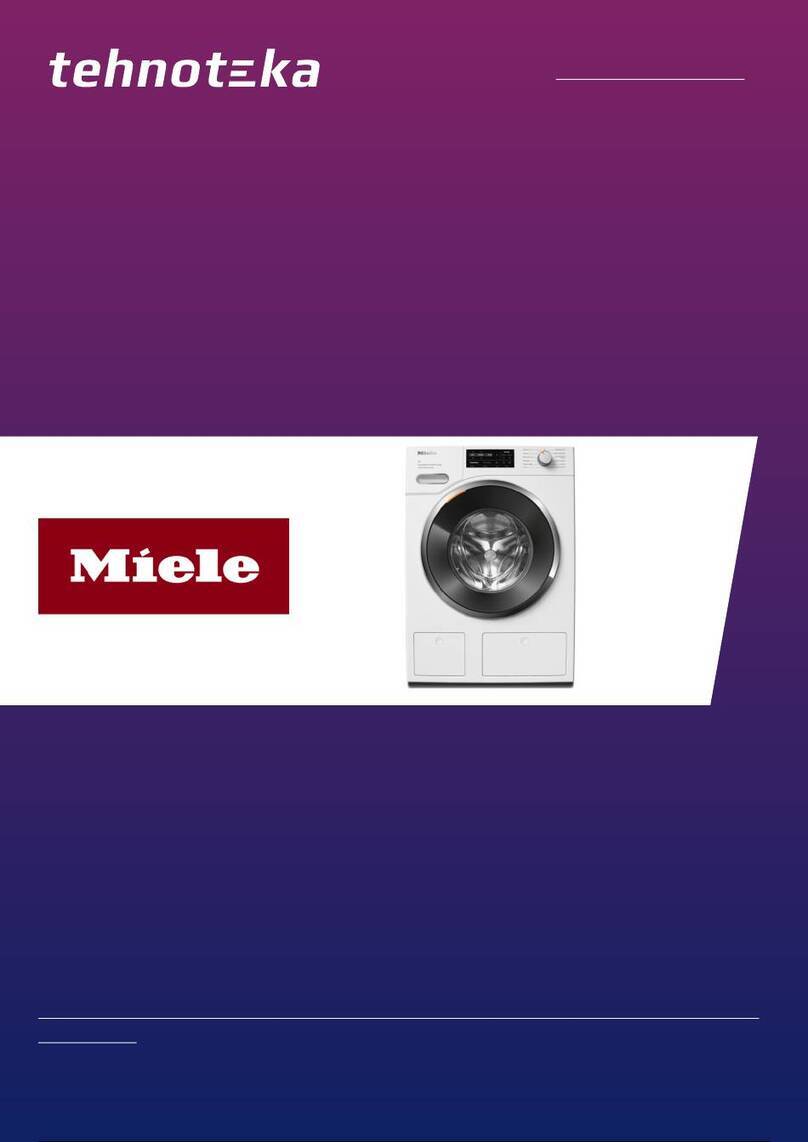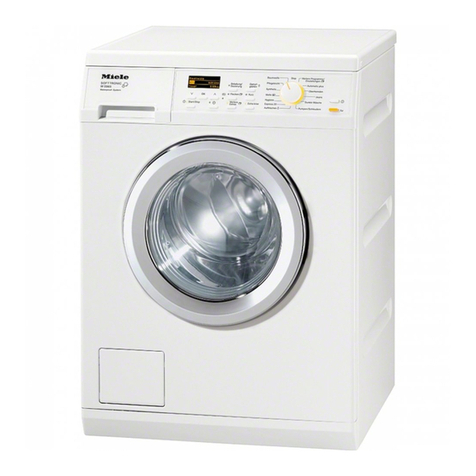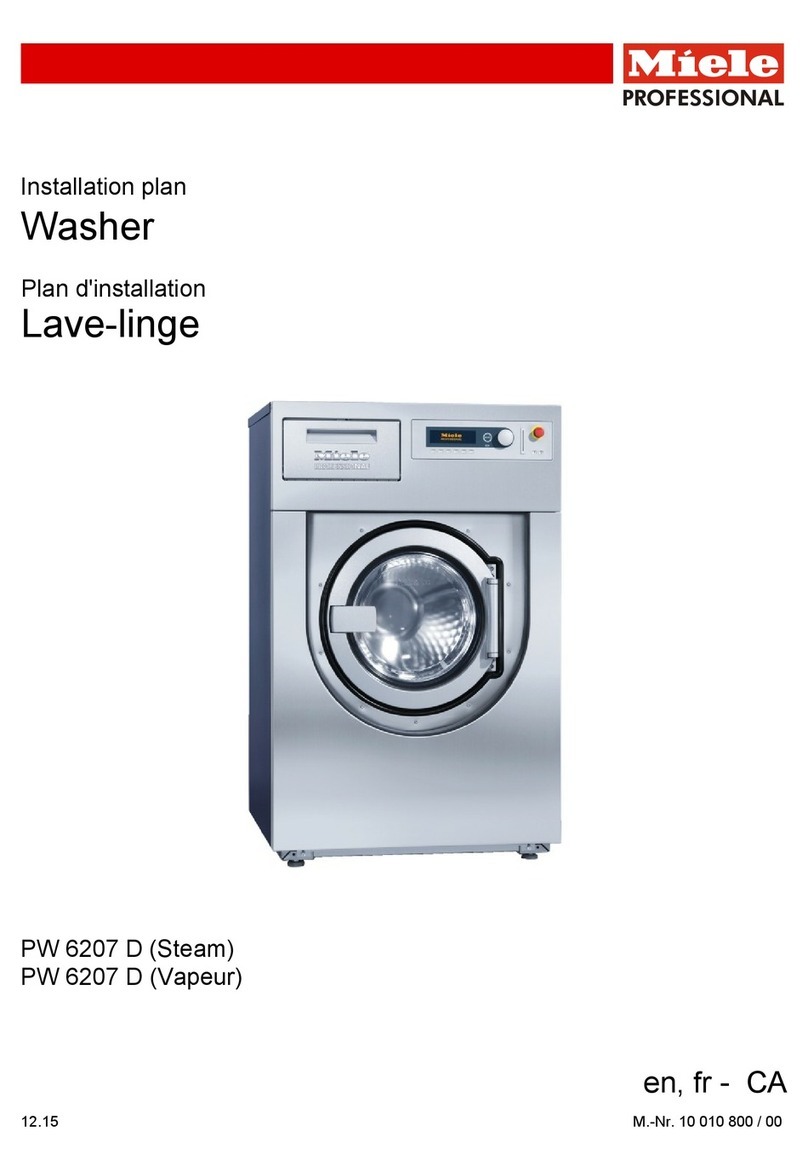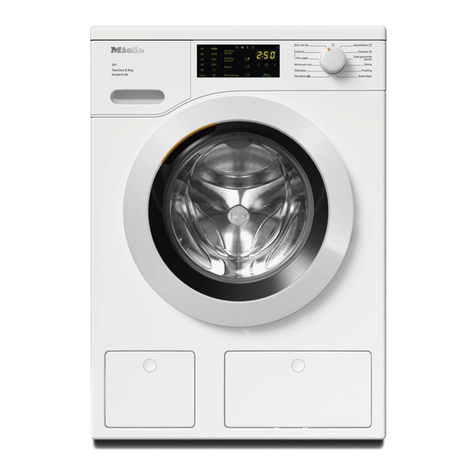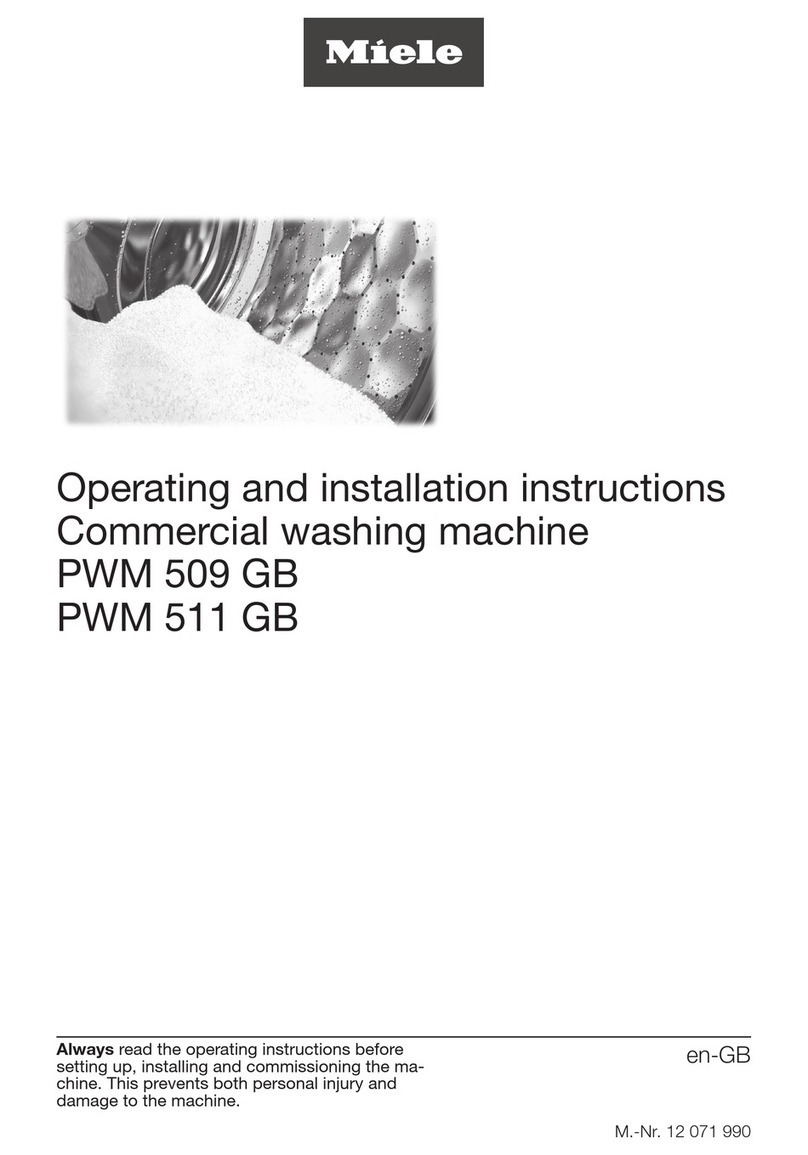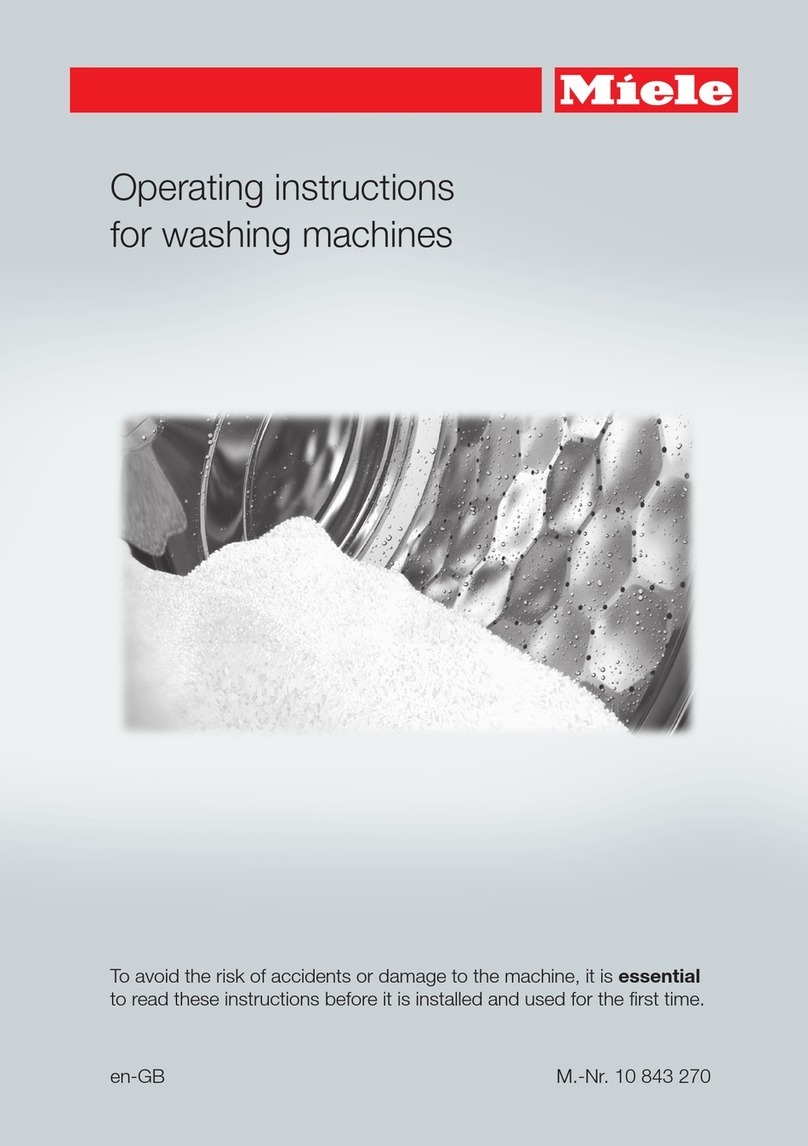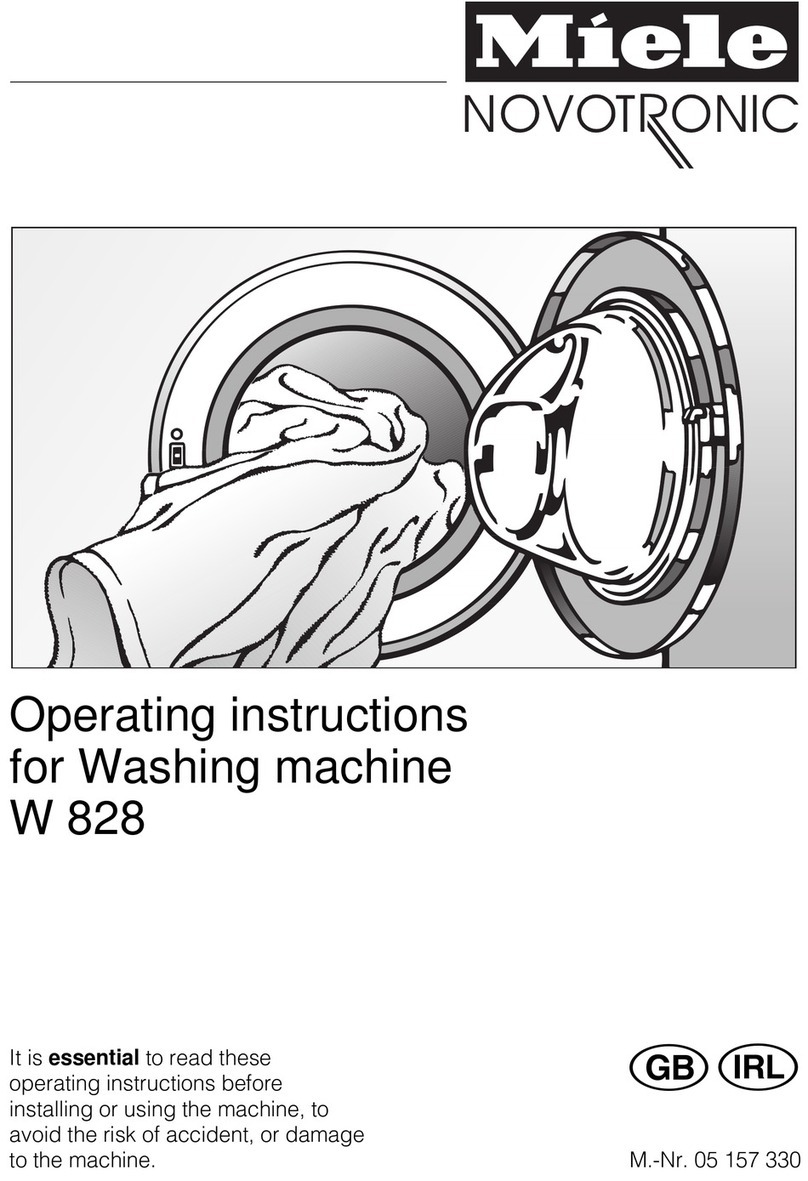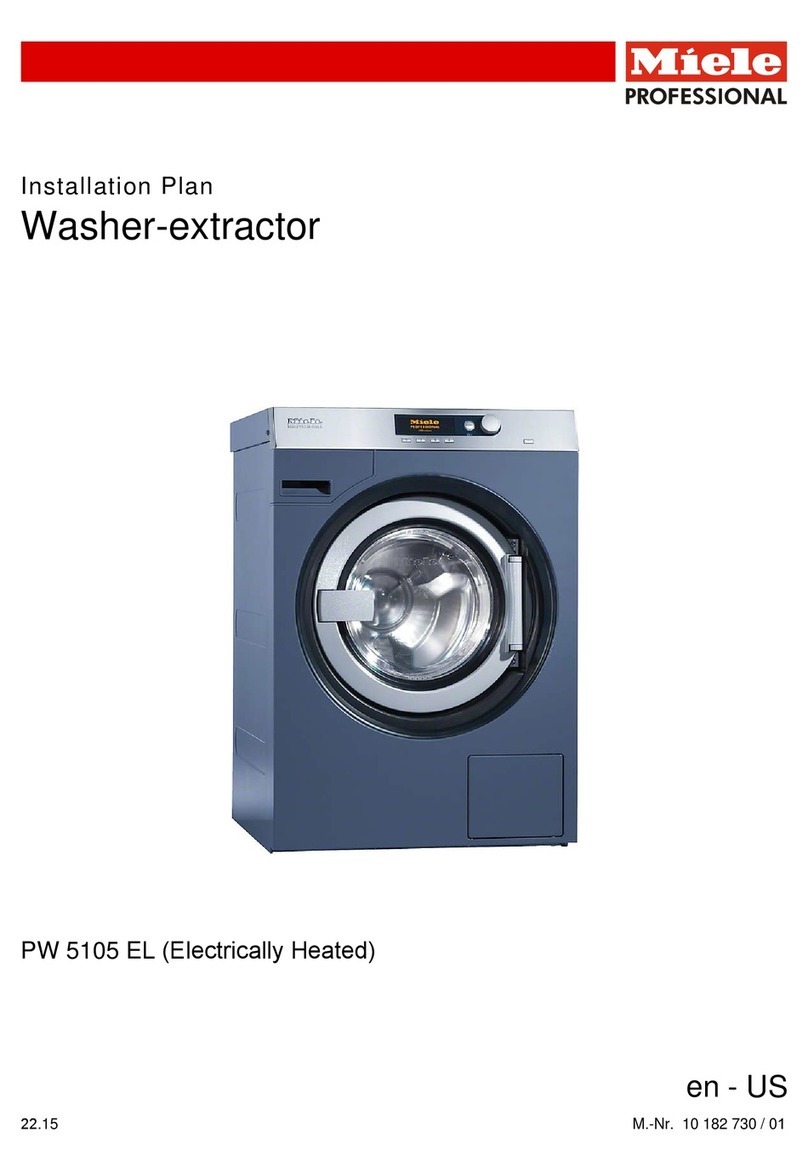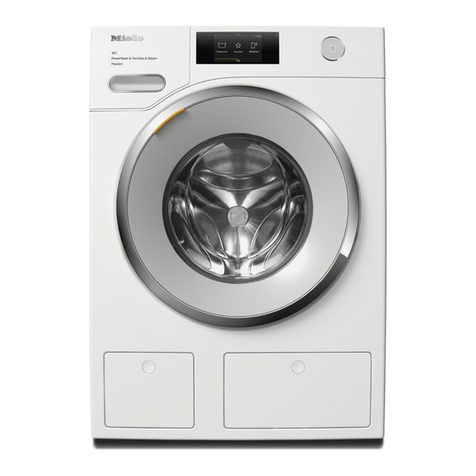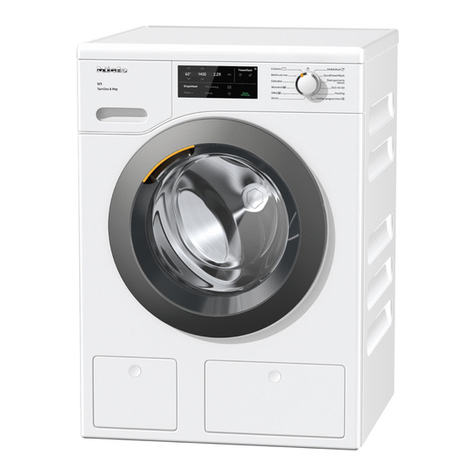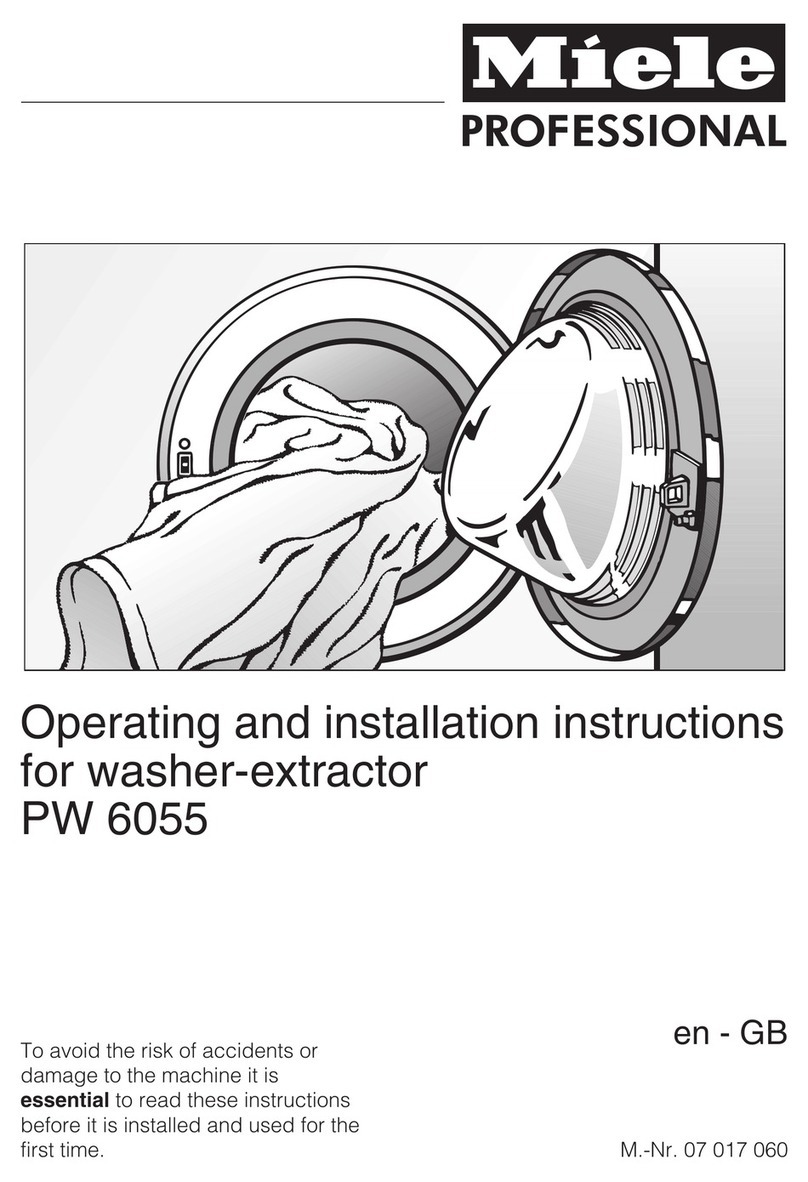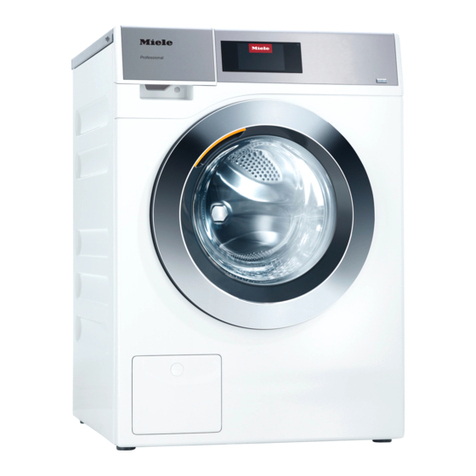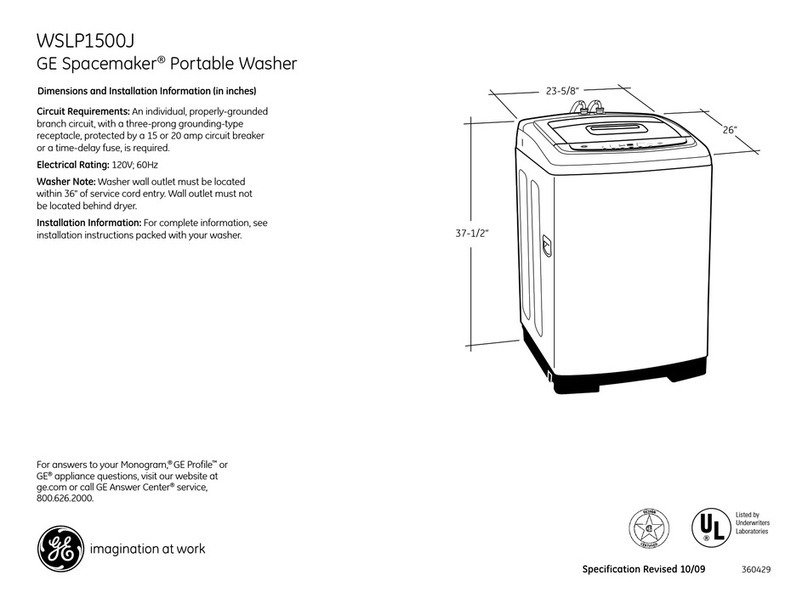Contents
4
Adding and dispensing process chemicals ....................................................................44
Using process chemicals .................................................................................................... 44
Dispensing systems ............................................................................................................ 44
Labelling of the siphons ................................................................................................. 44
Rinse aid.............................................................................................................................. 45
Adding rinse aid ............................................................................................................. 45
Refill indicator................................................................................................................. 46
Dispensing rinse aid ....................................................................................................... 46
Neutralizing agent................................................................................................................ 47
Replenishing neutralizing agent ..................................................................................... 47
Refill indicator................................................................................................................. 48
Dispensing neutralizing agent ........................................................................................ 48
Instrument care products .................................................................................................... 48
Process chemicals .............................................................................................................. 49
Refilling liquid process chemicals .................................................................................. 49
Refill indicator................................................................................................................. 50
Dispensing liquid process chemicals ............................................................................. 50
Operation............................................................................................................................51
Selecting a program ... ........................................................................................................ 51
Starting a program .............................................................................................................. 51
Starting a program using delay start .............................................................................. 51
Drying assistance ........................................................................................................... 53
Program cycle display ......................................................................................................... 54
Program end........................................................................................................................ 54
Canceling a program ........................................................................................................... 55
Program canceled due to a fault .................................................................................... 55
Canceling a program manually....................................................................................... 55
Settings ...........................................................................................................................56
Delay Start........................................................................................................................... 57
Drying .................................................................................................................................. 58
DOS priming........................................................................................................................ 59
Filter maintenance ............................................................................................................... 60
Activating and setting the interval .................................................................................. 60
Language ......................................................................................................................... 62
Time of day.......................................................................................................................... 63
Volume................................................................................................................................. 66
Additional settings ............................................................................................................67
Code.................................................................................................................................... 69
Entering a PIN code ....................................................................................................... 69
Date ..................................................................................................................................... 71
Log book ............................................................................................................................. 73
Report.................................................................................................................................. 74
Temperature unit.................................................................................................................. 74
Program settings ................................................................................................................. 74
Program release .................................................................................................................. 75
Moving a program: allocating program selection buttons................................................... 76
Test program ....................................................................................................................... 77
Interface .............................................................................................................................. 77
Water hardness ................................................................................................................... 80
